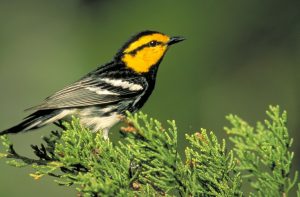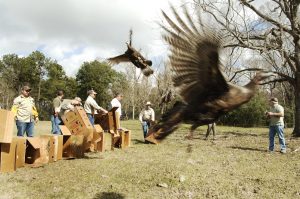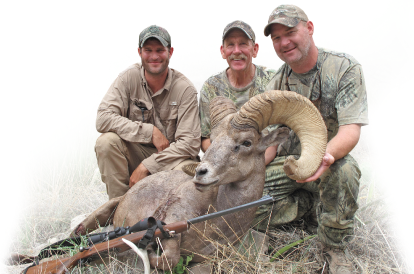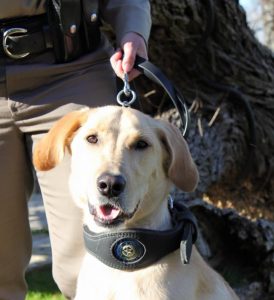Netting Songbirds for Research
Wednesday, October 10th, 2018This is Passport to Texas
Mist-nets are tools used by ornithologists and biologists that allow them to trap birds, to collect information. The data helps them to understand and manage species.
The net’s mesh is so fine that it doesn’t even register as a barrier, and so birds end up flying directly into it. While they become entangled, they rarely sustain injuries.
Once entrapped, biologists take special care to gently extract their feathery captives, and waste no time identifying the species, its sex and its estimated age. Biologists do not handle the birds more than is necessary.
When researchers employ mist-nets, it’s often so they can trap birds for banding. They may target threatened and endangered birds like the golden-cheeked warbler. The hope is that at some future time, another scientist will capture the previously banded bird and gather more data, such as where it came from and where it’s traveled along its life’s journey.
Mist-netting by Texas Parks and Wildlife biologists takes place throughout the year on wildlife management areas and in some state parks. From time to time, the bird-loving public is invited to participate in the process.
Keep an eagle eye on the calendar section of the Texas Parks and Wildlife website for these and other opportunities to join biologists in the field.
The Wildlife Restoration program supports our series, and provides funding for the operations and management of Texas’ Wildlife Management Areas.
For Texas Parks and Wildlife…I’m Cecilia Nasti.







 Passport to Texas is a
Passport to Texas is a  Passport to Texas is made available by:
Passport to Texas is made available by: